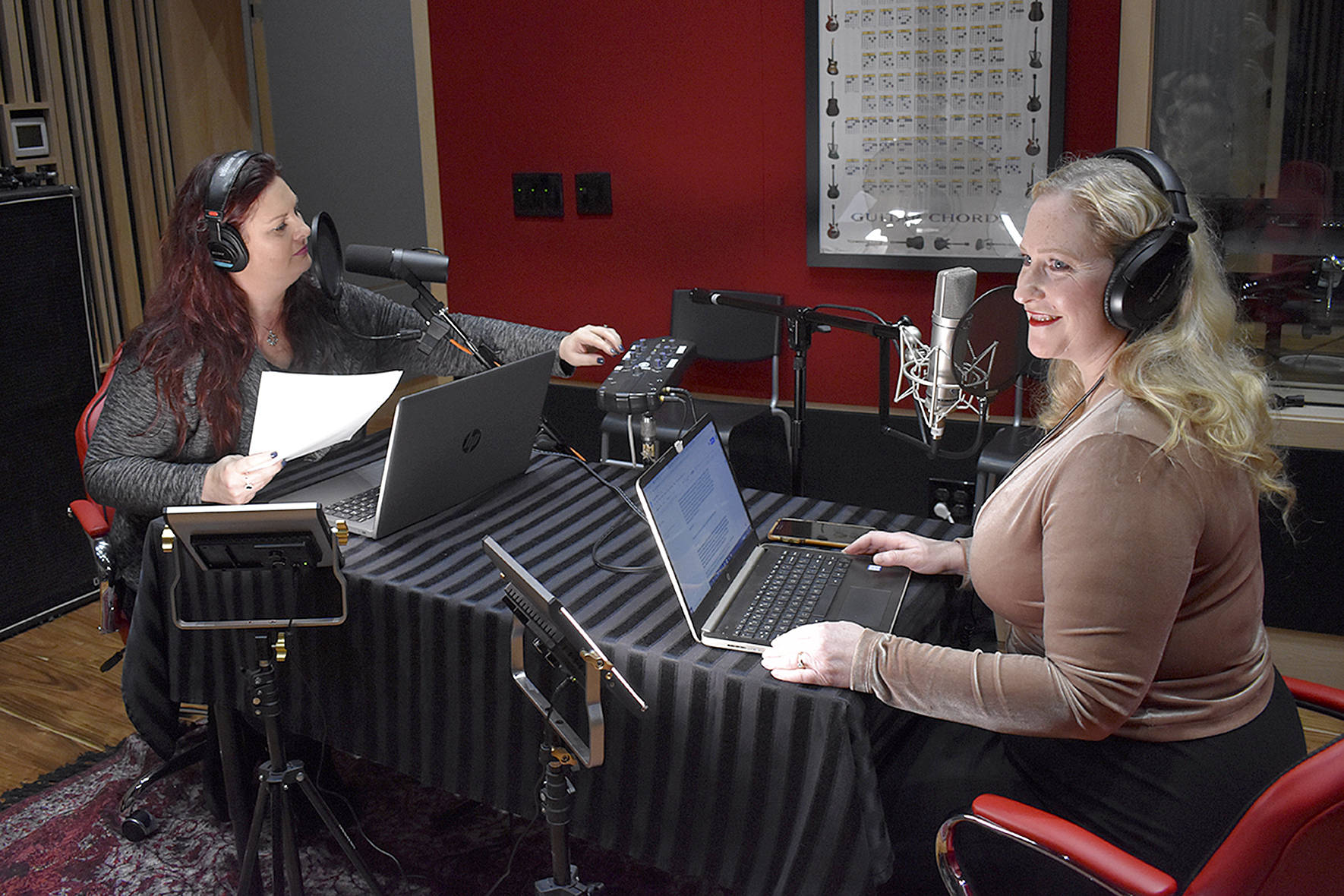War by Candlelight: Stories By Daniel Alarcón (HarperCollins, $23.95)
This skyrocketing young writer has been pegged as a Peruvian-American phenomenon, but even though Daniel Alarcón was born in Lima, he’s really American Peruvian, raised in suburban Alabama by his immigrant parents. After Columbia University, he lived in Lima on a Fulbright, then poured his impressions into the nine stories of this perceptive collection, his first book. At 28, he’s already won a Whiting Award and been featured in The New Yorker‘s Debut Fiction issue.
The stories depict the milieus of New York and both rural and urban Peru. The New York ones don’t work for me. In “Absence,” a Peruvian artist (who gets a breakthrough show in Manhattan) feels deracinated. In “Third Avenue Suicide,” the Peruvian boyfriend of a mysteriously sickly Indian girl feels resentful because she makes him leave the apartment whenever her mom, who demands an Indian son-in-law, visits. The stories shed zero light on Manhattan or the characters.
But Alarcón’s fiction switches on the floodlights when it focuses on Peru. The title story, about a revolutionary torn between his hunger for justice and his yearning to dandle a baby on his knee in his quiet tomato garden, conveys with impressive economy what it’s like to live in a place where bombs cause random blackouts, where right-wing tyrants and leftist ideologues tear the nation to bits—and the hero’s heart, too. In Alarcón’s world, the streets and jungles feature similar menace: Put your lunch down in a jungle rebel hideout and a creature will erupt from the soil to devour it; get caught in a Lima traffic jam and street kids (called “piranhas”) will swarm your car, smash your windows, and run off with your stuff.
“Hurt by too many German philosophers in translation,” Peruvian youths hunt stray dogs to string up from street lamps with signs reading, “Die Capitalist Dogs.” Everything is forever terrifyingly yet excitingly up for grabs: your luggage when you step off the bus in Lima (if the bus manages not to plunge off a cliff in the Andes); your farmland when a landslide buries your entire town.
In Alarcón’s best story, “City of Clowns,” a boy’s father uses his roguish charm and “mistizo Clark Gable” looks to start a second family, abandoning the boy’s mom. The dad does residential construction work, then recruits the son to help him burgle those same homes six months later, using the cash to send the kid to college. As a grown-up, the boy joins Lima’s army of beggars in clown suits, spying on his mother in red-nosed disguise. Alarcón subtly peels back the layers of betrayal and shame.
His prose is sinewy, his rhythms terse, his eye sharp—and his plotting rudimentary and his themes simplistic. I can see why Columbia’s English department was mean to him, forcing him to flee to anthropology. He tends to see people as social types. At his best, however, in his Peruvian vignettes, he’s free of the self-consciousness and trendy, mannered ironies of so many young American writers. Most important, he’s got stories you haven’t heard before. TIM APPELO
Daniel Alarcón will appear at Elliott Bay Book Co., 7:30 p.m. Sat., May 21.
On American Soil By Jack Hamann (Algonquin, $24.95)
In the summer of 1944, African-American soldiers staged a nighttime attack on a cadre of Italian prisoners of war at Seattle’s Fort Lawton (now Discovery Park). It was a shocking event, resulting in the largest and longest court martial of World War II. To top it off, the riot resulted in the death of a POW, whose body was found hanging from a rope the morning after. So here’s the stunning historical headline: Blacks lynch white man.
In a city known for often burying its racial past, this event became little more than a footnote in local history. This was in part because so many of the main actors were just passing through, with black troops on their way to the Pacific front and the Italians dispersing home after the war. Also, the military was eager to have the embarrassing incident resolved and forgotten amid the war’s critical, climactic year. Few since had ever heard of the case; fewer still knew any of the details, including local journalist Jack Hamann who first came across the story while reporting for KING-TV in 1987.
In the years following his initial broadcast, Hamann—also a seasoned TV reporter, network correspondent, and documentarian for CNN and PBS—dug deeper into the story and discovered there was much more to it. Indeed, he came to believe that the U.S. Army had—surprise, surprise—bungled the investigation of the riot, destroyed and withheld key evidence from the defense during the trial, and essentially covered its ass by railroading more than 40 black soldiers (including three who were charged with the POW’s murder, despite a complete lack of evidence that they played any role in his death). Also noteworthy is the fact that the ambitious officer who served as chief prosecutor in the case was none other than Leon Jaworski, who later gained fame as special prosecutor during Watergate. If Jaworski got credit for helping to clear up the latter scandal, Hamann offers evidence that he assisted in covering up the Army’s culpability and incompetence in the earlier one. It makes a sad story even sadder.
Hamann has done extensive research for On American Soil, including wading through volumes of documents and interviewing as many of the surviving cast of characters as possible. He also does a great job of telling a complicated tale with great care and ease: His prodigious archive work and straightforward narrative help the story fall easily into place. He offers fascinating insights into the policies and tensions of a segregated military in which white enemy prisoners sometimes had more rights than black GIs. More importantly, the story has contemporary resonance. In our own time of racially charged prisoner scandals at Abu Ghraib and Guantánamo (and other unnamed hellholes in Iraq and Afghanistan), the book serves as a reminder that not only is truth one of the first casualties in war, but it is often killed by those who fight in its name. KNUTE BERGER
Jack Hamann will appear at Queen Anne Books (1811 Queen Anne Ave. N., 206- 283-5624), 3 p.m. Sun., May 22. Also visit www.jackhamann.com for additional documents and details regarding this case.
Wasted Beauty By Eric Bogosian (Simon & Schuster, $24)
I had thought that the ’80s literary infatuation with models ended with Jay McInerney and Brad Gooch. How much more can you possibly write about people who are unreasonably beautiful, thin, and self- absorbed? Are these tragic qualities, derived somehow from the gods they resemble? Do quality drugs, downtown digs, and entrée to Odeon really mean anything anymore?
Lately transformed from monologuist to actor to playwright to novelist (Mall), Eric Bogosian doesn’t quite buy into that stale ethos; 20-year-old upstate hick Reba (renamed Rena for the catwalk) is more symbol than heroine of Manhattan’s not-so-beau monde. Mainly she’s the crush for a married doctor’s midlife crisis, the vessel that men seek to fill with their self-discontent. (Not that she’s averse to injecting herself with heroin, either.) Orphaned but for her brother (who soon becomes a homeless crackhead, leeching off her runway profits), Reba wonders, “When did it all turn into dry leaves?” In case you miss that rustling sound, Bogosian reminds us regularly of the apple-orchard idyll of their youth.
Dr. Rick is a bit more substantial; you can imagine him complaining—in the author’s growly basso voice—onstage: “I’m a man handcuffed to my own self-consciousness and insecurity.” He desperately wants to have an affair with Reba and desperately fears it at the same time. He’s a guilt-racked guy unwilling to scratch his Seven Year Itch, what with the “psychic car alarm overwhelming every waking thought.”
Bogosian shifts freely from narrator to first-person voice for his characters. The intentional gaps in his story—Reba goes from fresh-faced farm girl to Paris Hilton– style prima donna in a few pages—are like fade-outs dividing soliloquies, and his writing often feels like little more than stage directions in between. There’s a virtue in that, since it speeds Beauty along like a script, and we wouldn’t want to spend that much longer with Rick and Reba. Vividly voiced stereotypes are OK when being enacted by one guy in a monologue; in a novel, however, we might ask a little more from their creator. BRIAN MILLER
Eric Bogosian will appear at University Book Store, 7 p.m. Tues., May 24.
The History of Love By Nicole Krauss (Norton, $23.95)
This book contains not one story but four. Possibly five, or even more, if one includes every formal or narrative thread that winds its way through Nicole Krauss’ ambitious, original, and very busy second novel. The two principal protagonists do not even seem to belong to the same book, much less the same city: 14-year-old Alma Singer, a fatherless misfit in the Salinger mode; and Leo Gursky, an octogenarian ex-locksmith with death on his mind. In Poland, Gursky survived the Holocaust by becoming invisible, hiding in forests and cellars. Now, he says, “All I want is not to die on a day when I went unseen,” and so he makes a scene in Starbucks, tries on shoes he doesn’t want at Foot Locker, and models nude for a life-drawing class. Gursky’s sections are all first-person, as earthy and rueful as anything from the pages of Bellow or Roth. Alma’s story is a journal in the form of a list, with headings like “That Year I Wore My Father’s Sweater for Forty-Two Days Straight.” Add to these two narratives the novel-within-a-novel that ties them together (called “The History of Love”), as well as the story of that book’s putative creator, and you have a kind of literary mystery for the post-postmodern McSweeney‘s set, stuffed full to bursting with fragments, letters, diagrams, and whimsical experiments in page layout.
It shouldn’t work, but it does: Krauss’ sheer virtuosity impresses, but more important, it sings. Hardest of all to pull off, the moving denouement gathers all these threads together in a way that causes them to make more sense, not less. Not every element reads equally well, of course; the novel-within-a-novel can be hard to swallow, depending on your tolerance for fanciful musings about made-up epochs like “The Age of Glass,” “The Age of Silence,” and “The Age of String.” Similarly, the character of Alma’s kid brother, Bird, who thinks he’s the Messiah and builds an ark to prepare for the next flood, is quirky, vivid, and deeply, hauntingly unbearable. If anything, The History of Love is a little too eager to please—just one of many qualities it shares with Extremely Loud and Incredibly Close, by Krauss’ husband, Jonathan Safran Foer (who was in Seattle last month). Warmer and less manic, her new work only shines in comparison. MARY PARK
Nicole Krauss will appear at Elliott Bay Book Co., 7:30 p.m. Tues., May 24; and at University Book Store, 7 p.m. Wed., May 25.




